
SOCIAL
Dualisation of roads key to reducing head-on collisions—NRSA

Date Created : 6/27/2025 12:00:00 AM : Story Author : Eric Appah Marfo /Ghanadistricts.com
Mrs. Pearl Adusu Sateckla, Public Relations Officer of the NRSA, told the Ghana News Agency (GNA) in an interview that converting single-lane highways into dual carriageways is a proven strategy for reducing both the frequency and severity of road crashes.
She cited the Nsawam–Suhum–Nkawkaw stretch of the Accra–Kumasi highway as a case in point.
“That stretch used to be one of the most accident-prone areas in the country. Head-on collisions were frequent, and many lives were lost. But since parts of the road were dualised, the crash rate has significantly dropped,” she said.
Explaining the impact of road design on safety, she noted that dual carriageways reduce the likelihood of fatal errors, such as overtaking misjudgments, distracted driving, and fatigue-related lane departures.
“Now, even if a driver is careless or speeding, they’re less likely to crash into an oncoming vehicle. At worst, they crash alone, and don’t endanger others,” she added.
Describing single-carriage highways as inherently dangerous, Mrs. Sateckla stressed that they allow drivers to veer into oncoming lanes—often due to miscalculation or poor visibility.
“Dualisation creates a physical and psychological barrier that prevents such mistakes. It’s a road engineering solution that works globally and can save countless lives here,” she stated.
Mrs. Sateckla identified critical corridors in the Ashanti, Eastern, and Savannah Regions as priorities for dual carriageway development, given their strategic role in linking the southern and northern parts of Ghana, as well as neighbouring countries.
However, she expressed concern over delays in infrastructure projects, citing insufficient funding and misallocation of national resources.
“Some road projects drag on for years. But the cost of delay is measured in lives. For one individual to live in luxury while the masses suffer from unsafe roads is not the best,” she said.
According to the NRSA’s National Road Traffic Crash and Casualty Situation Statistics report for January to May 2025, the Greater Accra Region recorded the highest number of crashes (1,908) but ranked third in fatalities (161).
The Ashanti Region followed with 1,850 crashes and recorded the most deaths (325), while the Eastern Region ranked third in crashes (842) and second in fatalities (268).
The Savannah Region recorded the highest percentage increase in crash incidents (52%), while the Northern Region recorded the largest percentage decrease (51.16%). In terms of injuries, the Northeast Region saw the highest rise (277.3%), while the Northern Region again recorded the largest drop (71.3%).
Mrs. Sateckla described the contrasting trends between the Savannah and Northern Regions as worth investigating.
“The crashes in those regions are not many to begin with, so even one or two more incidents compared to the previous year can make the percentage appear very high,” she explained.
“These are areas with fewer vehicles, but that does not mean people should speed. When drivers think a road is free, they tend to over-speed—and that’s when judgment is clouded, and crashes happen.”
Mrs. Sateckla cautioned that low vehicular density does not equate to safety, as high- speed driving on uncongested roads still poses a significant risk.
She urged stakeholders to study the sharp drop in the Northern Region to identify potentially replicable interventions.
Mrs. Sateckla also highlighted that while the Ashanti Region did not have the highest number of crashes, it recorded the most fatalities, largely due to high-speed travel on long, open highways.
The risk of overtaking and head-on collisions in such settings remains high.
She called for targeted enforcement along high-risk corridors, along with sustained education and investment in infrastructure improvements.
“Dualisation is not a luxury—it is a lifesaving necessity. The more we delay, the more lives we risk,” she concluded.
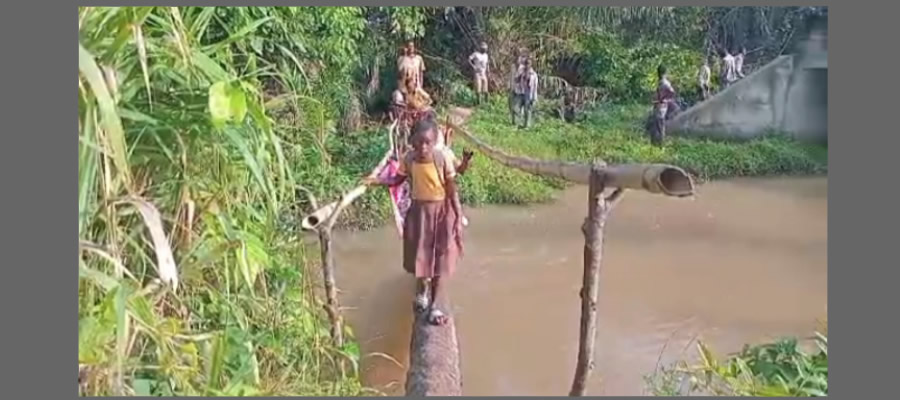
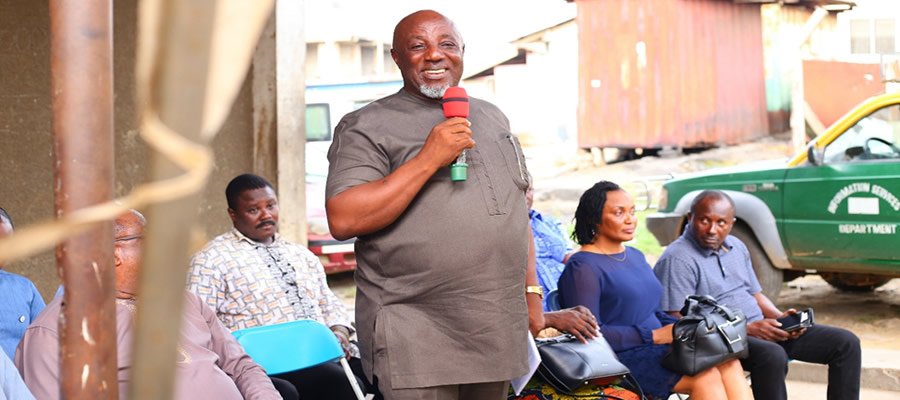



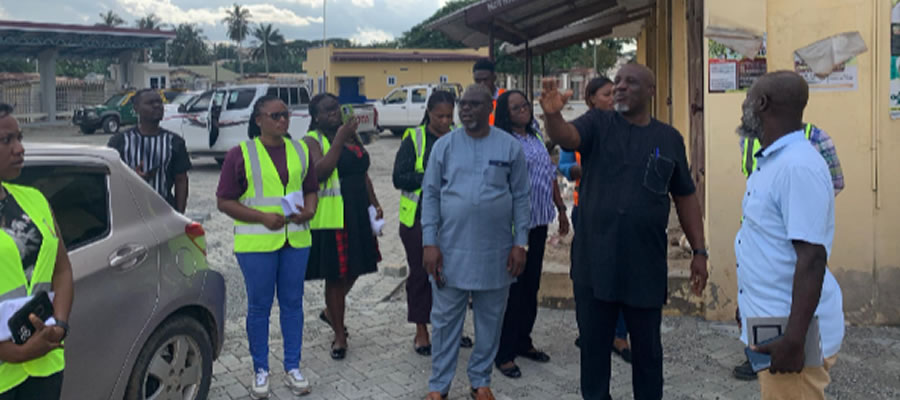

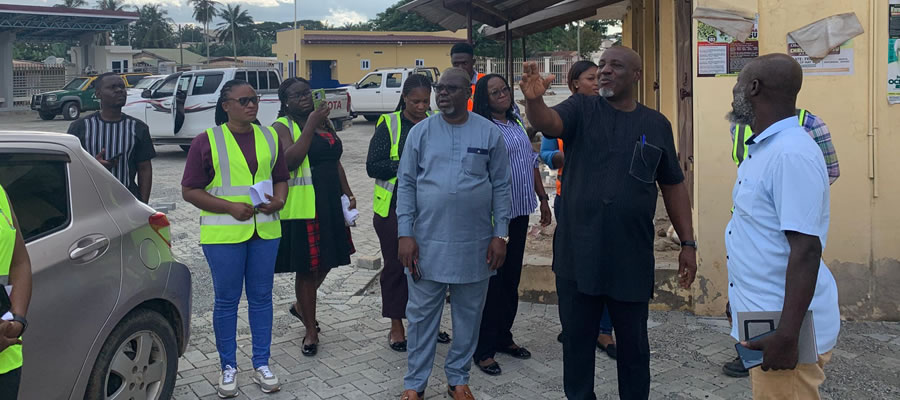
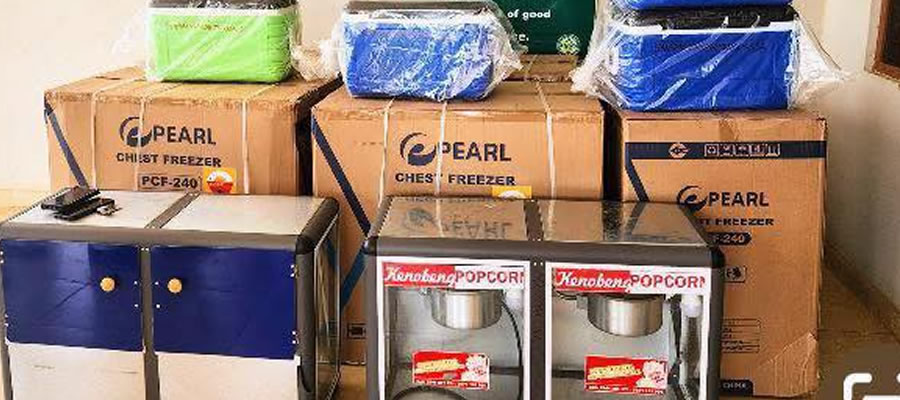

 facebook
facebook
 twitter
twitter
 Youtube
Youtube
 +233 593 831 280
+233 593 831 280 0800 430 430
0800 430 430 GPS: GE-231-4383
GPS: GE-231-4383 info@ghanadistricts.com
info@ghanadistricts.com Box GP1044, Accra, Ghana
Box GP1044, Accra, Ghana